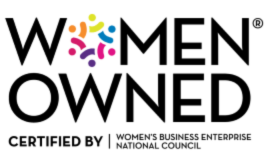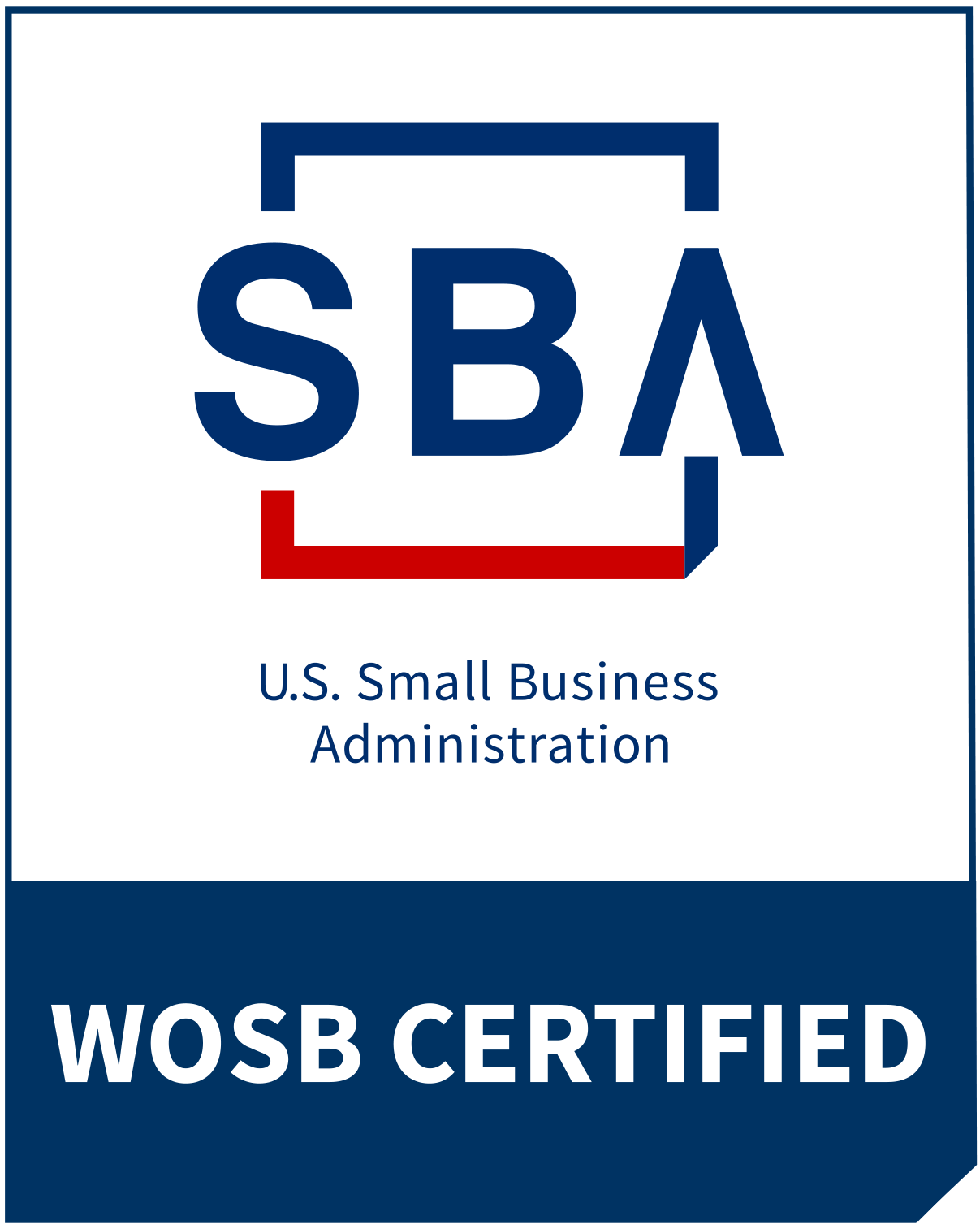Make Your Business Work for You: The 3S Profit Optimizer (Part 1)
- Karen Hairston
- 0 Comments
- May 16, 2024
Make Your Business Work for You: The 3S Profit Optimizer (Part 1)
Are you an entrepreneur or business leader struggling to take your company to the next level? If you’re nodding your head, you’re not alone. Many business owners and their leadership teams face challenges when it comes to scaling their operations and boosting profitability. The truth is that without solid systems in place, you may be working harder than ever but still not seeing the results you desire. So, what’s the secret sauce? The answer lies in implementing effective business systems, processes, and procedures.
For more information on the benefits of systematization, read Process = Productivity and Process, Systems: The Secret Sauce, and Standard Operating Procedures – The Roadmap to Growth.
Note: I use “system” and “process” interchangeably. Also, when I say “process” or “system,” I’m not referring specifically to automation. Processes and systems may include online applications, but they may also be low-tech, such as writing on a sticky note or having an in-person meeting.
Consistency is Key
Consistency is key to success in businesses. Lack of consistency is a common cause of many issues in small businesses, including missed deadlines, communication breakdowns, quality issues, and client dissatisfaction. By ensuring that everyone follows the same processes, you can:
1. Improve overall efficiency
2. Enhance the quality of your products or services
3. Provide a better client experience
4. Facilitate smoother onboarding and training for new team members
Simply having consistency in how everyone approaches their work will make a significant difference.
The 3S Profit Optimizer: Simplify, Systematize, and Scale
So, how can you improve consistency and harness the power of systems to transform your business? Enter my signature 3S Profit Optimizer. This proven framework will simplify, systematize, and supercharge your business’s scalability and profits. It consists of three key phases:
Phase 1: Secure & Sign More Clients
Phase 2: Simplify & Systematize Operations
Phase 3: Supercharge Scalability & Profits
Phases 1 and 2 will help move you from Steady (but Stuck) to Scalable, and Phase 3 will move you from Scalable to Saleable.
The overall approach of the 3S Profit Optimizer is to Document It, Use It, and Optimize It (DUO). In Phases 1 and 2, we’ll document and use the processes, and in Phase 3, we’ll optimize.
So, why document? Documenting your current systems is important for several reasons:
1. It gets processes out of people’s heads, enabling consistent replication across the company.
2. It helps you establish a baseline for future improvements.
3. It allows you to identify any missing processes and gaps within processes.
This article will explore Phase 1: Secure & Sign More Clients. Future articles will cover Phases 2 and 3.
Phase 1: Secure & Sign More Clients
In Phase 1 of the 3S Profit Optimizer, the goal is to document and use your existing processes related to retaining top clients and acquiring new ones. The focus is not on creating new processes or re-engineering existing ones; it is on increasing consistency!
You’ll work on the processes related to clients first because they are the core business processes. Without clients, you have no business, so the top priority is any process that touches a client. Later, in Phase 2, we’ll focus on support processes that don’t directly generate revenue but support the processes that do, e.g., human resources.
Phase 1 consists of 6 steps that can be remembered using the acronym IGNITE!

Step 1: Identify Processes
In this step, you will identify the core areas related to acquiring and working with clients, brainstorm the processes related to these areas, and select one process to document.
Identify Core Areas
Gather 3-7 people who are involved with your core processes and map out the high-level flow of acquiring and working with clients. Your business may have some variations, but here are some common areas across many businesses.
1. Attracting clients (marketing)
2. Having a way for potential clients to contact you (inquiry)
3. Converting leads to clients (sales)
4. Collecting money from clients (payment)
5. Client onboarding
6. Product/Service delivery
You do not need expensive software to map these out. You can take the low-tech route and use sticky notes or flipchart paper. If you are working virtually, you can use an online whiteboard or a sticky note application such as Figjam or Miro.
For in-person meetings, I prefer sticky notes. They’re easy to move around to change the order or add or subtract processes or steps. I also recommend putting the sticky notes on flipchart paper so you can easily move your entire process or flow to take it to another conference room or person’s desk. It’s also helpful to take a photo of the flipchart when you’re finished so you can track the different versions. The photo also provides a record of it just in case any of the sticky notes fall off!
Brainstorm Processes within Each Area
Next, brainstorm the main processes in each area. For example, in Marketing, you may have several processes to attract clients, such as paid LinkedIn ads and posting on social media, each of which has its own set of steps and possibly different people doing the work. For Sales, you may have a process for responding to inquiries, one for drafting contracts or engagement letters, and a process related to sales funnels if you sell online. See the image below for an example of the core areas, the flow, and processes within those areas.

For now, only focus on the main processes. Don’t worry about something that occurs very rarely. And remember, you’re only brainstorming EXISTING processes. If using social media is in your marketing strategy, but you’re not doing it yet, then it doesn’t make the list. At the end of this step, you should have no more than 15 processes in total.
Select One Process to Document
To wrap up this step, you’ll identify which process you’ll document first. To get the hang of the process, just select one process. You can either use your prioritization method of choice, select a process based on a current business problem, or take a relaxed approach and just pick one you think will be easy to do to get a quick win.
After you’ve gone through the IGNITE steps with one process, you may be able to document more than one process at a time if you have the capacity. However, don’t worry if you can only document one at a time. You still have a business to run! Sometimes, you have to slow down to speed up!
Step 2: Get Help from High Performers
Modeling the processes of your highest-performing team members is the best-kept secret to rapid systems development! For Step 2, identify and assign the team member who is best at a process to help document the process they currently use.
Step 3: Nurture Team Buy-In
As with most business changes, if you want them to stick, you need buy-in from your team. Obtaining and nurturing buy-in should be planned for and started early and should not be an afterthought. It is the beginning of building a systems-thinking culture. People support what they help to create, so the more you can involve different team members upfront, the less resistance you’ll face later.
In this step, identify who will lead the change management activities. Ideally, you can identify a systems champion to be this person. For more information on Systems Champions, see The Systems Champion Solution. This person and the leadership team need to know the selling points of a systems-thinking culture, including the benefits for the team and the business. The person identified to lead the change management activities will introduce this new way of thinking to the team and let them know what’s happening and how they may be asked to be involved. The goal is to get as many people as possible on board now so there is less kicking and screaming later.
If change management is a new topic for you, a quick internet search will provide many resources.
Step 4: Isolate Process Steps
Let me start by saying that capturing processes and systems is a two-person job! In this step, someone will capture the process steps used by the high-performing team member identified in Step 2 while the high performer performs the process. To extract and isolate the process steps, I recommend either recording a video of the high performer performing the task or having someone take notes while observing the high performer perform the process. If you’ve identified a Systems Champion, they would be the person who records or takes notes.
The tasks in Step 4 include the following:
1. Record the task as it is being performed.
2. Create a step-by-step document based on the recording.
3. Review the document for accuracy compared to the recording.
4. Have a few team members who perform this work use the document and ask for feedback.
5. Revise the document as necessary based on the feedback.
6. Use the recording and document to train other team members on the process.
Tips for Documenting the Process Based on the Recording
1. Include the Basics. For each process documented, include the name of the process or system, the intended results, who should use the system, and the steps.
2. Keep it simple. Only include the necessary information, no more, no less. Define any business terms that new hires might not understand. Number each step in the process so it’s easy to follow.
3. Stay Consistent. Use consistent language and formatting across all processes and systems.
At this point, some of you might be cringing because you think you must create a flowchart. My response is, “NO!” Don’t waste time doing one now. They can be challenging to create correctly, and many people do not know how to read them, so time is better spent recording and documenting more processes than wrestling with flowcharts. The goal is to have something accurate and readable for the team, so a clear, concise document is usually all that’s needed.
Step 5: Toolbox (Systems and PM software)
Step 5, creating a toolbox, involves selecting and setting up software. There are two types of software you’ll need—systems management software and project management software.
The systems management software or online application will be where all the process and systems documentation and related tools and templates are stored. Think of it as a playbook for all your business processes. Once you’ve recorded the processes and created the documentation, you’ll use a systems management application to store them in an organized manner. This application should be accessible to all team members. This helps to avoid the excuse of “I didn’t know,” makes team members accountable, and lays the foundation for consistent high performance across the board. It doesn’t have to be a fancy system. It can be the shared storage space you already use, e.g., Google Drive, Dropbox, or something similar. You can always upgrade or add more features and functionality later.
Project management software will be used to identify and track tasks, assignments, due dates, and team communication related to specific projects. In some cases, process steps in the systems documentation may become tasks in your project management software. A best practice is to link to the relevant systems documentation from the tasks in the project management software. You may already have this software too. Examples are Microsoft Project, Smartsheet, Jira, ClickUp, etc.
As you complete the documentation of each process, add the information to the systems management software and link to it from the project management software as appropriate.
Step 6: Embed Systems in Your Culture
In Step 3, you introduced the concept of a systems-thinking culture and the upcoming changes. Now, it’s time to embed the systems in your culture so that all the hard work you’ve been doing documenting systems actually gets used. It’s up to you whether you want to do Step 6 after each process is documented and stored or batch a few of them and roll them out together.
In Step 6, it’s time to train the team on the documented processes so they can begin using them, introduce the team to where all the information is stored and any related software, tools, and templates, and begin managing the team using the processes and systems you’ve just documented.
This step may be the most challenging because you are likely to encounter some resistance. But you need to remember why you’re doing this and hold people accountable. The processes and systems need to become ingrained such that everyone knows, “This is how we do it here.” The majority of your team will get on board, but you may have at least one team member who refuses to follow the processes. In this case, you’ll need to pull out your performance management processes to deal with the situation, but opting out of following the processes in systems should not be an option.
Embarking on Your Systematization Journey
Implementing effective business systems is a journey, not a destination. It requires ongoing effort and continuous improvement. However, by starting with Phase 1 of the 3S Profit Optimizer framework and focusing on securing and signing more clients, you’ll lay the foundation for sustainable growth and success. The most successful businesses are those that can scale without sacrificing quality or profitability. By embracing the power of systems, you’ll be well on your way to joining their ranks. So, are you ready to take your business to the next level?
Is Your Business Growing But You Feel Like It’s Falling Apart?
Feeling the strain of business growth? You're not alone. Many successful businesses face these challenges. It's often the little things that cause big headaches. Suddenly, your tried-and-true methods don't work anymore, profits shrink, customers are complaining, and you're constantly firefighting.
The key lies in fine-tuning your systems to support your growth. My 3S Profit Optimizer framework helps to secure more clients, streamline operations, and supercharge scalability. I've helped numerous businesses overcome these hurdles, and I'd love to see how I can help you succeed.
Let’s minimize the growing pains and prevent them from reflecting poorly on your business. To learn how to have more freedom, more control, and more opportunities to earn income take action now and click below.
Related Posts

Make Your Business Work for You: The 3S Profit Optimizer (Part 3)




